Dating back to 1999 was Leandro Erlich’s debut in a U.S. gallery. The Argentine artist, now risen to the heights of international fame, was twenty-three years old at the time and presented himself at the Kent Gallery in New York with an installation, titled El Living, “The Living Room”: the public walked down a narrow corridor, studded with closed doors, and was led to the only open door, which let them into a living room furnished like any living room in any city house. A sofa, an armchair, the coffee table, the clock hanging on the wall, vases, mirrors. The estrangement came the moment visitors looked at the mirror: they did not see their own reflected image, but discovered that that mirror was actually an open window to another living room, identical and mirror-like to the one they were in, and the illusion was so powerful that so many had to stick a hand inside the window to understand what was happening. A week before the exhibition closed, Kent Johnson, then an art critic for the New York Times, published a review in which he wrote that the fiction staged by Erlich might seem “like an amusement house gimmick, but Mr. Erlich’s subtly deft construction makes for a magical and philosophically intriguing experience.” And he closed with a question, “we wonder what he will do in the future.” Lo and behold, after twenty-three years we have the answer: Leandro Erlich has continued to do exactly the same thing. A quarter of a century spent devising illusionist tricks, sleight of hand, amusement park rides, mirror house gimmicks. With the aim of subverting our perception of reality, albeit by means of situations in which the tricks are eventually revealed, to induce the viewer, in Erlich’s own words, to “think that reality is as false and constructed as art, is a fiction, even though it is the fiction we all agree to live in,” because “understanding that reality can be many things at the same time increases our awareness of life, politics and our surroundings in general.”
Leandro Erlich’s playground now arrives with a good degree of completeness at Milan’s Palazzo Reale for the exhibition Beyond the Threshold, which brings together most of the Argentine artist’s best-known inventions. The starting condition, observes curator Francesco Stocchi, is that of an “apparent normality,” even if this is so only for a part of Erlich’s production, the one most convincing in setting up an everyday life familiar to the public. It applies to the first work one encounters on the tour itinerary, Elevator Pitch from 2011: one stands before the door of an elevator that is arriving at our floor and, when the door opens, what one sees is a screen that projects a video shot inside an elevator car, showing each time, at regular intervals, people and situations that are always different. The viewer, the catalog says, should be moved by the impulse to enter the elevator (although it is not clear why he or she should take an elevator in the middle of an exhibition), and the paradox should be triggered the moment one realizes that, being in front of a screen, the action one has in mind becomes impossible. The mechanism, in essence, should be this: “Leandro Erlich,” the curator explains, “reverses the point of view of what is considered ’normal,’ he stages the paradox of the everyday through exceptional phenomena in order to question what is taken for granted. An internal reflection on society, its conditions and the unconscious mechanisms on which it is based.” The real paradox, however, seems to be another: Erlich’s installations, placed in the context of an ancient palace that usually hosts traditional exhibitions, are penalized, not appearing credible enough to activate that suspension of disbelief required to experience a complete experience.

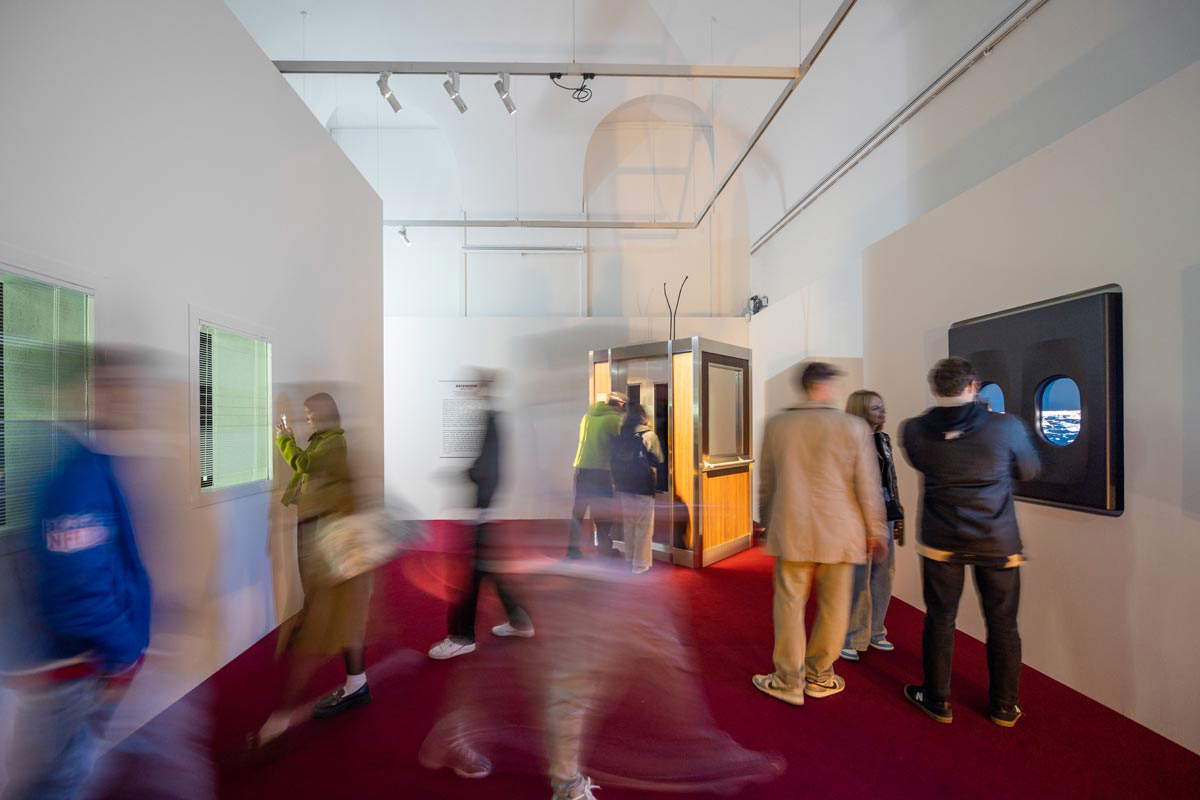
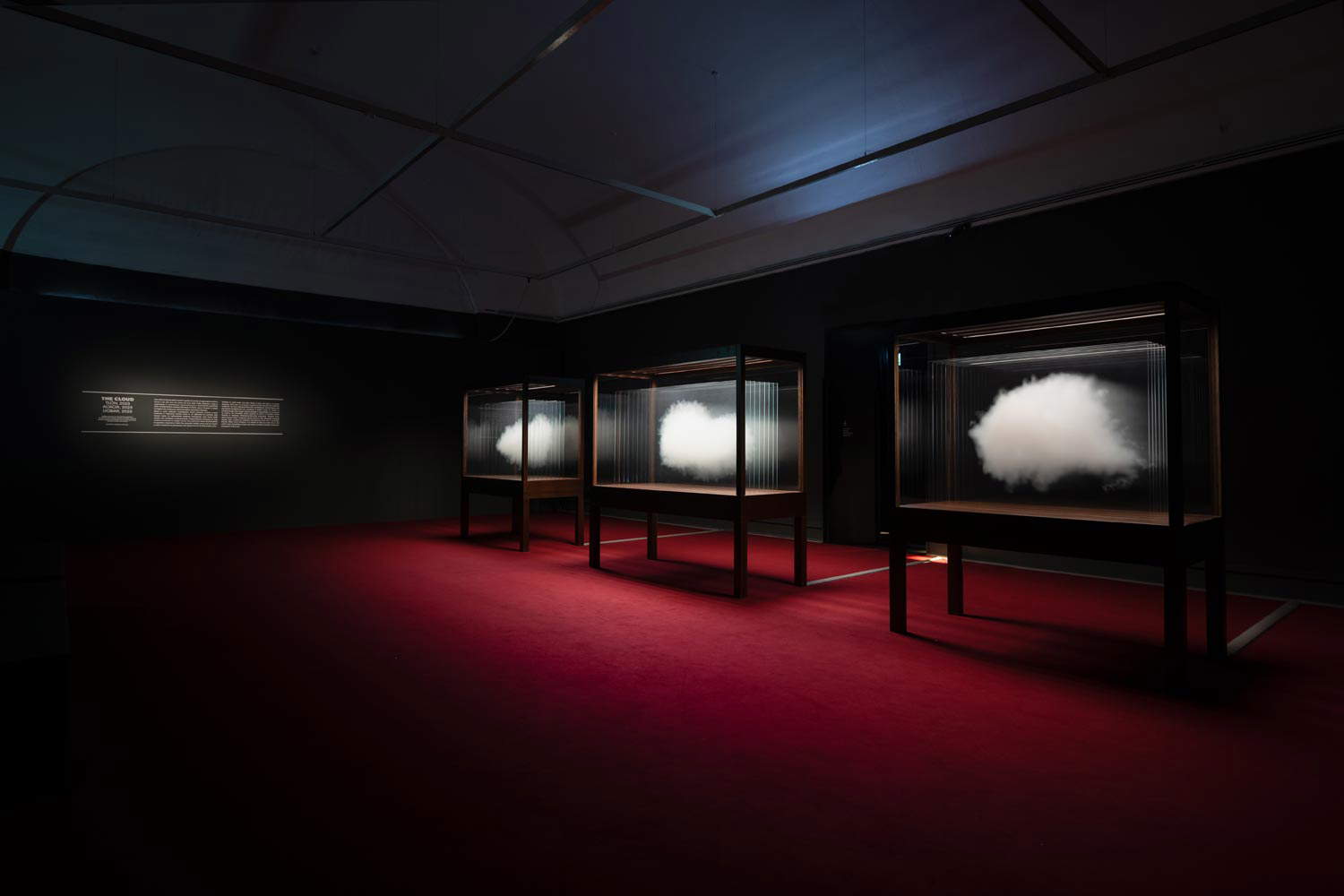
Put another way, Erlich’s works work where they have a setting around them that leads the audience to believe that what they are seeing is real (consequently, the works work even better if the audience arrives at the exhibition unprepared: this highly problematic aspect of Erlich’s art will be discussed later). His Swimming Pool, for example, one of his most famous works, absent in Milan, convinces when placed in a setting where the presence of a swimming pool is plausible. The same cannot be said for much of what the public finds at the Palazzo Reale: Rain is in a dark, microscopic room located halfway along the route, The View is instead in the middle of a room where the public finds other works that break the illusion of being in front of the window of a real apartment, and Port of Reflections succeeds best only because the visitor ends up in an environment immersed in darkness. We then move on to the pure surrealism of Blind Window, to such unremarkable gimmicks as Subway, Global Express, and El Avión (three different ways of expressing the same idea: a video that runs images of moving landscapes, and the screen that takes on the dimensions of the medium through which one usually sees what the video shows, that is, respectively, the door of a subway and the windows of a train and an airplane), until we come to the heart of the exhibition, the one for which the audience is willing to pay the ticket, namely the installations with mirror games.
In quick summary: Lost Garden creates a windowed courtyard and, looking out of one of the windowsills, one is surprised to see oneself looking out of the window opposite (this is the most interesting and authentically surprising installation of the lot), Changing Rooms creates the illusion of an infinite dressing room through an obvious juxtaposition of mirrors that givea sort of myse en abime, Staircase, on the other hand, is a life-size staircase, rotated, however, by ninety degrees, so that the public, simply by leaning on one of the handrails placed horizontally, can be photographed giving the viewer the illusion that they are about to fall down the stairwell, and then again Hair Salon is a reconstruction of a hairdressing salon with mirrors that are actually windows looking out (as was the case in El Living) on an identical salon, and finally Bâtiment is nothing more than a toy for adults, a reconstruction of the facade of a house placed horizontally and reflected on an inclined mirror, so that when looking at the mirror, it appears that those who lie on the windows and balconies are falling or have been clinging.
Leandro Erlich’s art fits into a vein that starts with Edward Kienholz’s pioneering assemblages of the 1950s, draws more or less consciously from Italian Op Art circles, and reaches the large installations of the 1990s that made artists such as Glen Seator, Mike Nelson, and Gregor Schneider famous. And to the 1990s his art remained nailed down: the concept behind El Living proved to be a successful one, so why twist the formula? Erlich’s entire output consists of two or three works, repeated simply by varying the setting. However, this is not the problem with Erlich’s works: the history of art is not stingy with artists who at some point in their careers have had a more or less brilliant, more or less revolutionary insight, and repeated it for the rest of their days. In Erlich’s case, moreover, variant often improves on the initial result: 2017’s The Classroom, for example, reprises a gimmick that the artist had exploited extensively before, to create perhaps the most successful installation of his career (the audience for Beyond the Threshold gets there toward the end of the journey). One enters a darkened room, with a few seats covered in black felt, and glass separates the room from a precise reconstruction of a dilapidated schoolroom: the desks, the cluttered chairs, the blackboard with traces of an alphabet, the desk with a chalk-stained selvage, the maps on the walls. Taking a seat in one of the sessions, one will find that one’s own evanescent image is reflected inside the room, sitting at the desk, standing by the desk, beside the blackboard: it depends on one’s position in the black room. And because Erlich knows, as well as anyone, that nostalgia is one of the most powerful feelings known to human beings, he has arranged for the audience to see their own ghost wandering in what remains of the place they most frequented as children, a school classroom. It is hard not to find this installation moving, acting on thoughts, memories, one’s own experience, presenting itself with a certain ambiguity of meaning, succeeding, perhaps for the only time in the entire exhibition, to really take the audience away from the technical gimmick and transport them to another plane. With the exception of Classroom, a work that has all the potential to trigger upheavals in those who walk through it, and a few other episodes (e.g., the poetic The Cloud, the cloud that the artist “captures” and places under a vitrine, transporting one of the most elusive elements of the natural world into an interior), a number of issues hang over much of Erlich’s production that cannot but make manifest the contradictions that weaken his works.
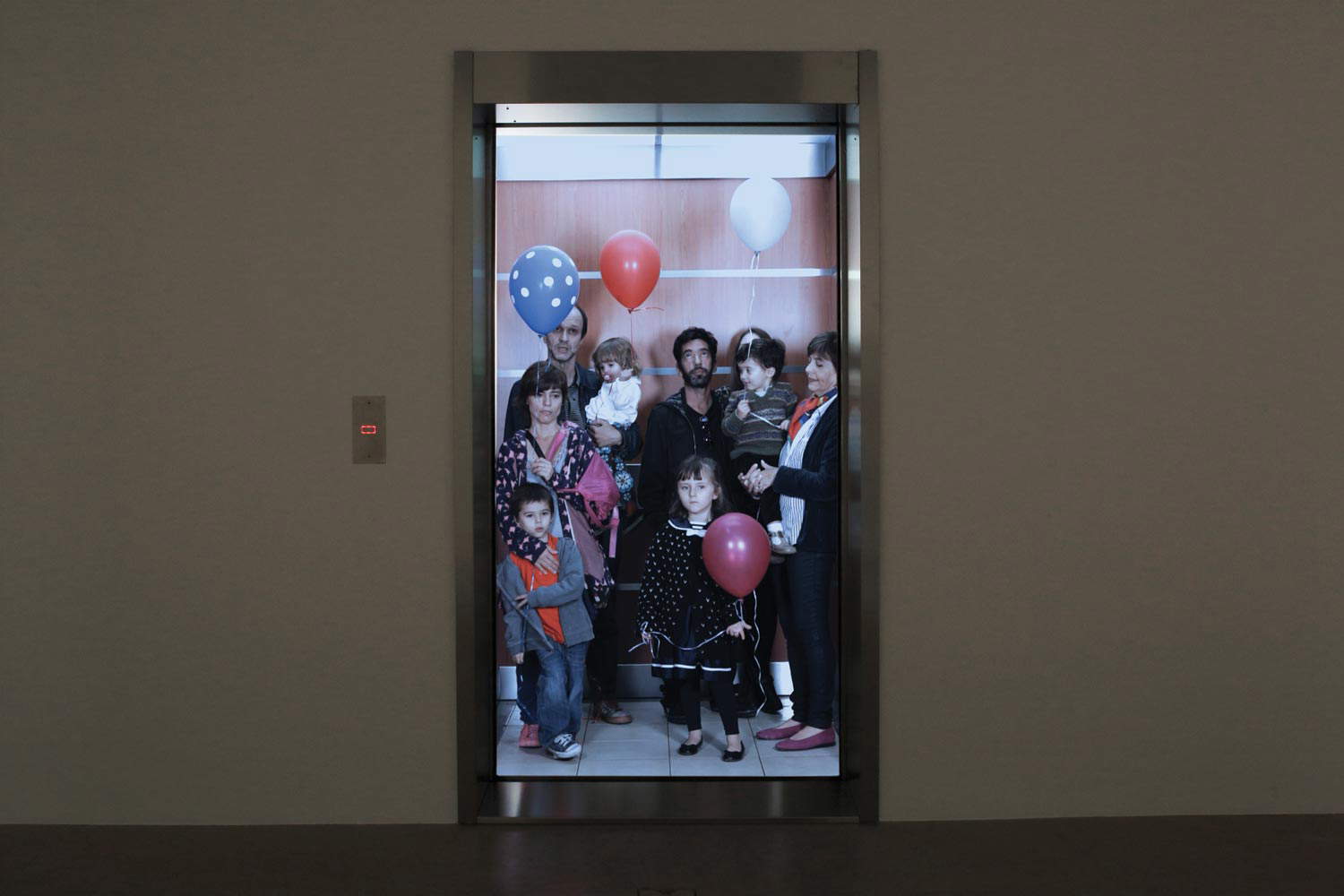

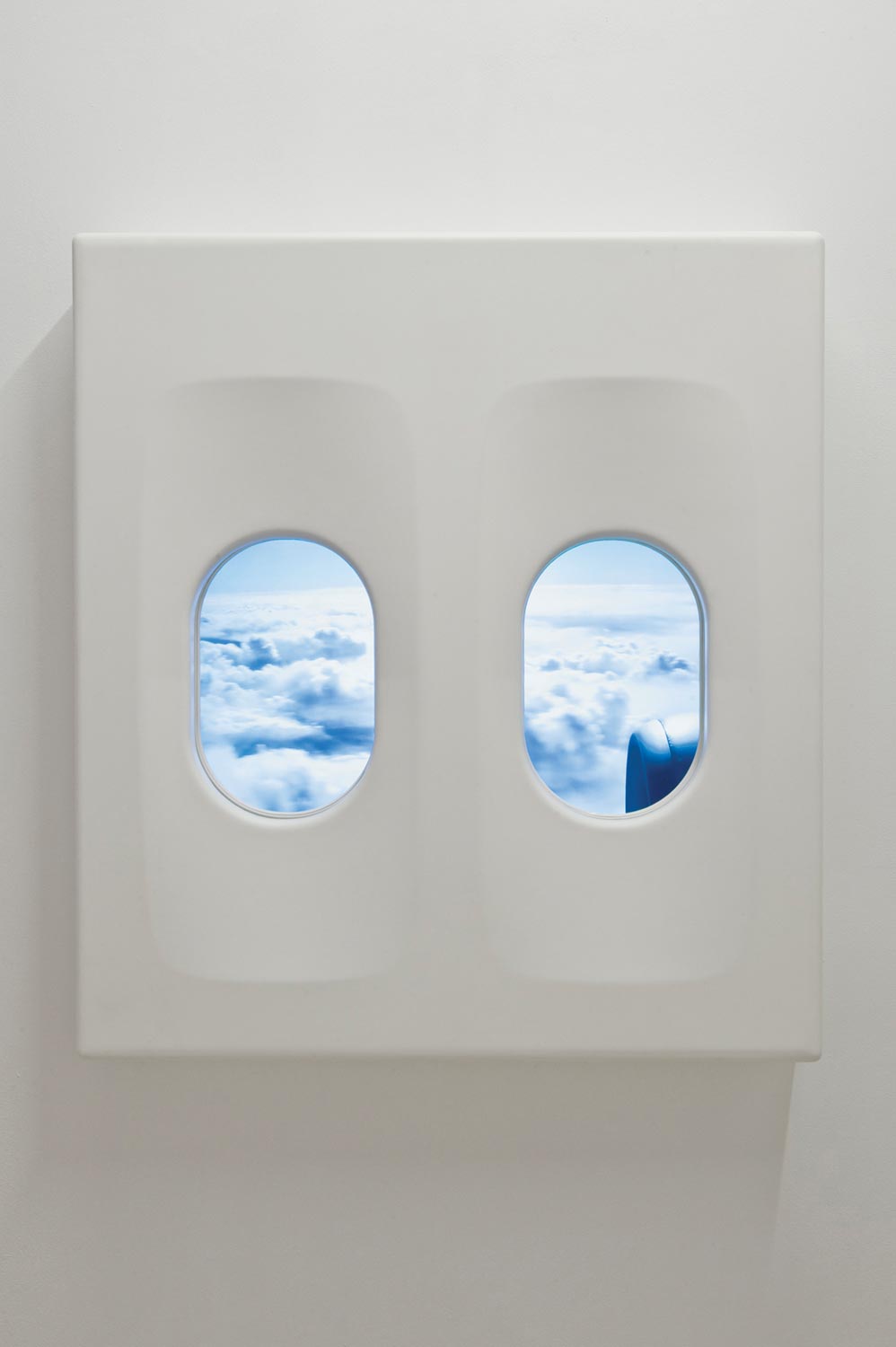
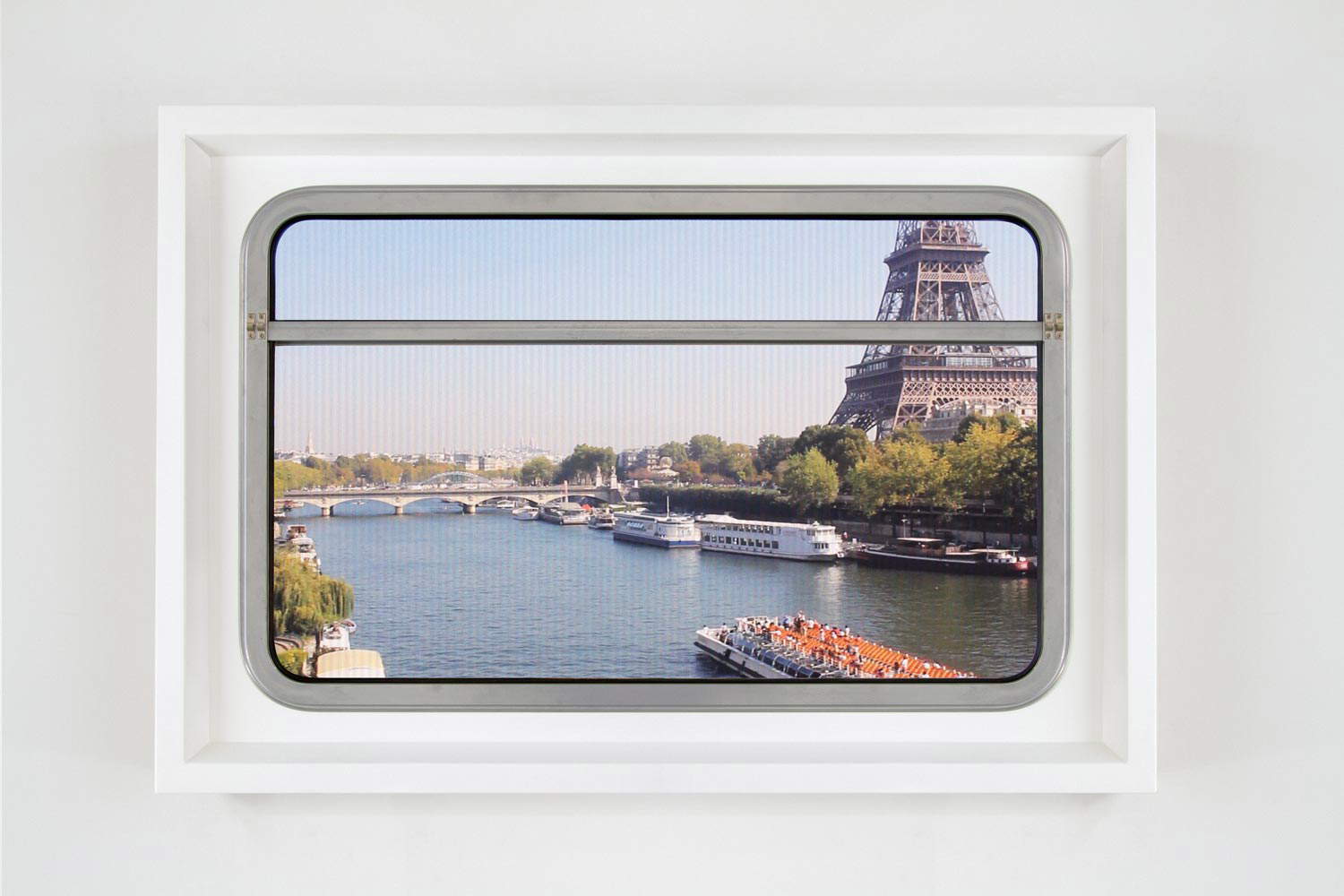



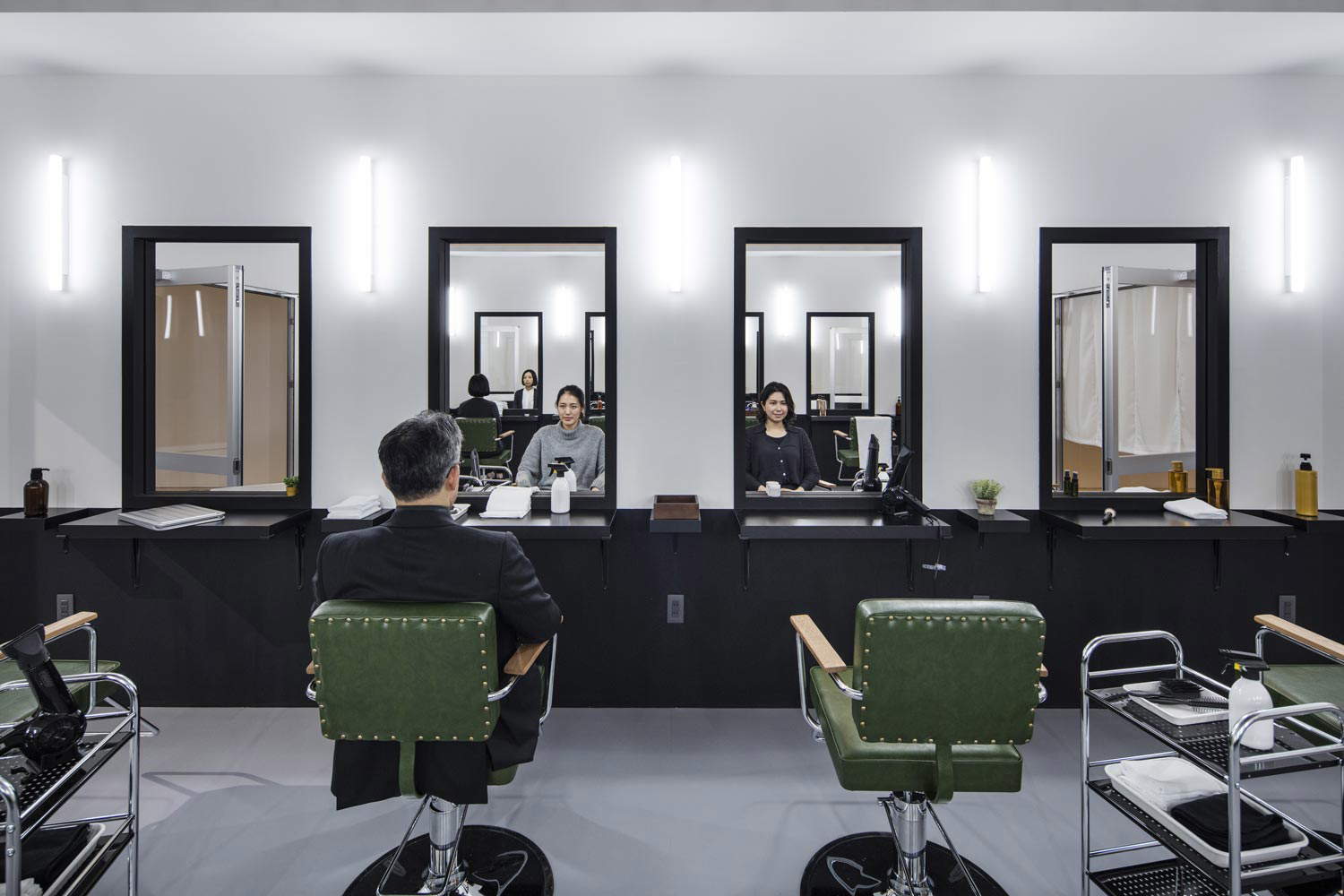
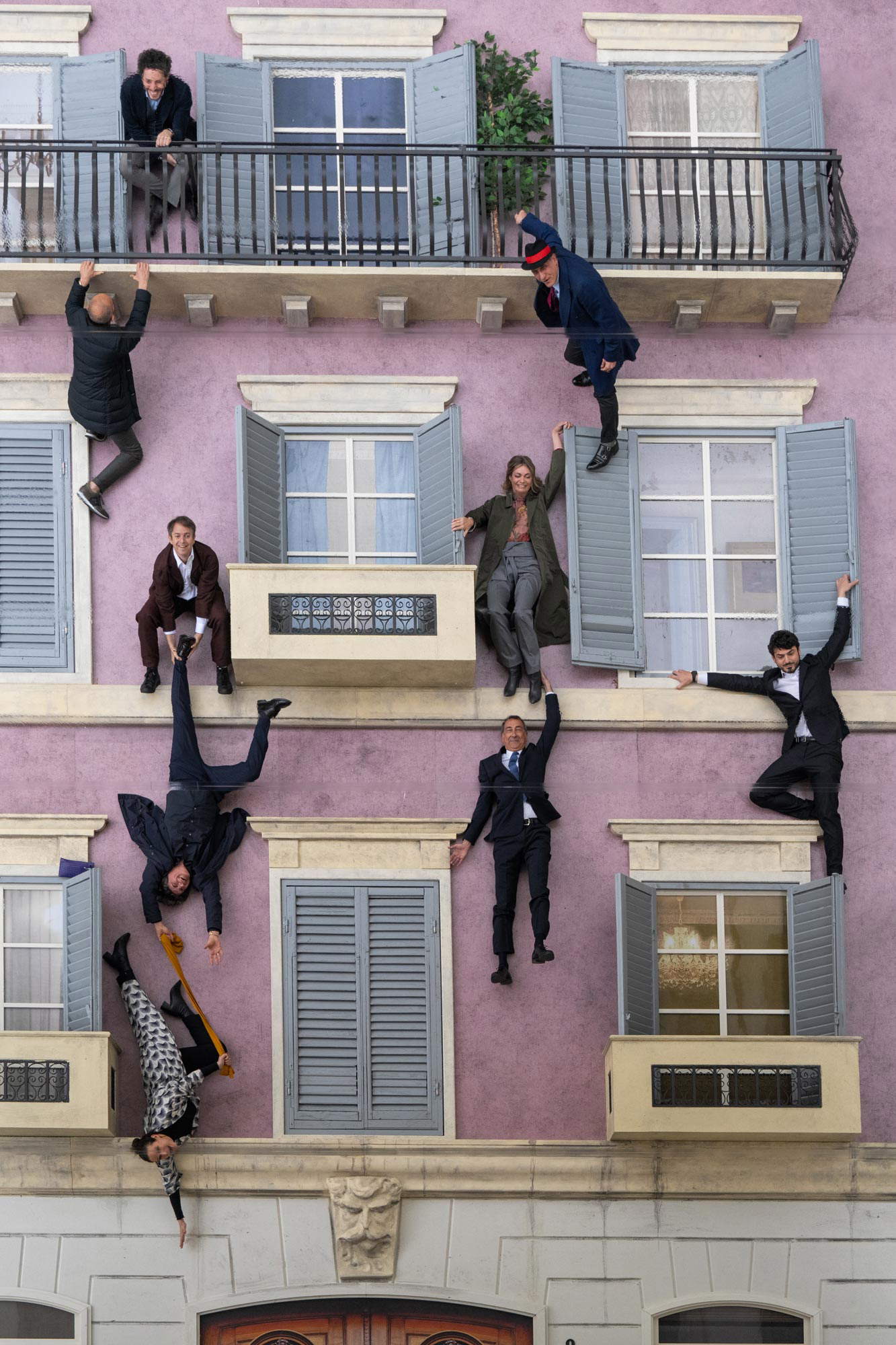
There is, meanwhile, an obvious problem of relationship with the audience. For a contemporary artist, participation is usually not an end, but rather, writes Gloria Bovio, a “means to offer the viewer a space for lively individual or collective reflection and awareness of their condition, to trigger a reaction and eventual change in the state of things.” This should be the case with Erlich’s works as well, if Stocchi is right when he states that the Argentine artist proposes, through his work, “an introspective operation,” and if Erlich himself is right when he states that he is interested in “illusion as a means of questioning reality.” The problem is that the playful component of his works is so preponderant as to crush at the outset any attempt to construct a space of introspection. Therefore, the artist should be asked whether, addressing an adult audience, he still considers it relevant, in the age of fake news and post-truth, to play with a fake stairwell to reinforce the public’s awareness of the reality that surrounds them. And so, if weak is the metaphor that underpins the work, the work can only be perceived as a kind of playground attraction. An auteur carousel, a carousel signed by an artist, but still a carousel. There is then a gulf, perhaps unbridgeable, between expectation and audience response. With Leandro Erlich,installation art marries carnival automatisms.
This is, after all, how most of the public interacts with his works. Should one wish to open Instagram to search for photographs of the exhibition, one will almost always find the same images: visitors hanging from the railing of the faux staircase, or intent on trying out the most outlandish, ridiculous or amusing poses on the faux facade of Bâtiment (rarer to find photographs of Classroom: it is the least photogenic work in the exhibition, and the fact that it is the most successful, or at any rate the most poignant, is irrelevant to those who want to surprise their audience with images of what they saw at the Royal Palace). No exception, of course, is the whole undergrowth of communicators, influencers, art-influencers, art-sharers, art-consultants and so on who have taken Beyond the Threshold by storm, again on the basis of the rule that the more Instagram-friendly an exhibition is, the more worthwhile it is to advocate it to one’s follower base, of course without bothering to pose critically about the exhibition (art criticism, you know, is dead and buried), but merely suggesting to followers that the exhibition is worth visiting because, quoting truly published phrases, one can take “the must-see souvenir photo,” one can experience “a fun and exciting experience” through “large installations with which the audience interacts and becomes the artwork itself,” one can “have the opportunity to interact with works that transform the ordinary into the extraordinary.”
Edgar Wind, almost sixty years ago, sensed that many artists were developing “a pictorial and sculptural imagination decidedly tending toward photography,” giving rise to works such that we assume “that they cannot achieve their indirect fulfillment except through mechanical reproduction,” with the result that “the medium of dissemination tends to take over from the direct experience of the object,” and the object most often “is conceived having this end in view. They offer us the shadow instead of the thing, and we end up living among shadows.” When works such as Bâtiment or Staircase were first presented to the public, social media as we know them today did not yet exist, yet one wonders if these works have not experienced a rebirth, a second life, an alteration of meaning, even the widest success since the public and artist have gained the realization that they seem to be cut out specifically to be shared on the walls of users around the world, in part by virtue of the universal nature of their language. Erlich is acutely aware that social networks have amplified the reach of his work, but if his works are intended to arouse surprise in those who will participate in his installations, social networks can only nullify, at least in part, this effect. Those who have flipped through their Instagram or Facebook wall in search of images of her exhibition, or simply have friends who have visited it (as is well known, photographs on social media often pounce on us even if we don’t want them to), will arrive at the exhibition already knowing perfectly well what will happen, and there will be no unveiling: if Erlich’s idea is that of a progressive revelation, the perception of the work will be altered since the viewer, having already seen in photos what is going on, will feel much less discomfort and much less awe than the work intends to provoke. There is no room for any Unheimlichkeit in a work created to challenge the viewer’s sense of perception through visual gimmicks, if on the internet the viewer continually comes across videos, pictures, selfies that tell the work in every detail. There is little surprising to experience live than what is seen in reproduced images. One could paradoxically say that five hundred years ago, in Bomarzo, the architect (probably Pirro Ligorio) inventor of the leaning house for Vicino Orsini proved to be decidedly more modern, since he was able to create an illusion based partly on optical effects, but partly on a sensation irreproducible by any mechanical means: the sensation of being restrained by the force of gravity while attempting to walk through the rooms of the house. To experience it, no photograph will do: you have to go in person. One might object with a truism: the experience one has in front of a reproduction is never the same as in person. And that is true: but in an exhibition that, as per the advertising slogan, promises to “expect the unexpected,” the unexpected will surely be less strong and less stunning than expected. There is no one left to stick their hands past the mirror to figure out what is happening. This is why Classroom is the only work that really leaves room for the unexpected: because it does not act on external dynamics, but holds a direct dialogue with the viewer’s personal intimacy. It would then be curious to ask Erlich if he has never thought of banning photos and videos, as his colleague Tino Sehgal does in order to preserve the sense of his aesthetic experience.
There is, finally, one last aspect on which it is interesting to dwell. If Erlich’s works appear to be too tied to the past, if his way of investigating constructions of reality appears to be out of date, if compulsive sharing on social media narrows the potential of his installations, what remains of Erlich’s work? What remains is what all communication points to: a playground set up to be photographed and shared. And what remains raises another question, perhaps the most interesting and useful one the exhibition raises: do operations such as Beyond the Threshold serve to underscore that the visual arts can still have meaning and a role in public debate, or do they underwrite their condemnation to irrelevance with yet another signature?
Warning: the translation into English of the original Italian article was created using automatic tools. We undertake to review all articles, but we do not guarantee the total absence of inaccuracies in the translation due to the program. You can find the original by clicking on the ITA button. If you find any mistake,please contact us.